
Shelf Life Of Makeup & Cosmetics: Expiration Dates
Did you know that makeup has expiration dates? The shelf life of makeup and cosmetics is not indefinite, so here's how long you can keep the most common types of these items.
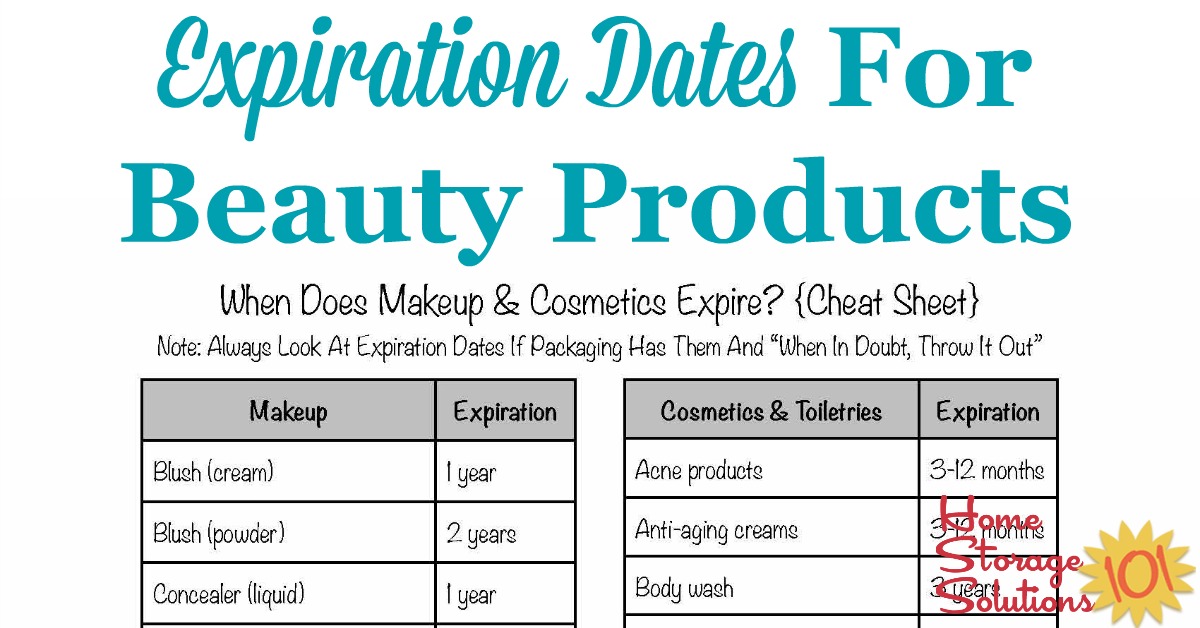
Why You Should Care About Expiration Dates
The reason these dates are important is because cosmetics and makeup are a breeding ground for bacteria, which can effect your health.
Bacteria laden products can cause eye irritations or infection, or acne outbreaks and rashes. Not good.
That means you should periodically declutter your makeup and toiletries, to both weed out the stuff you've decided you don't like, but also to make sure you're using fresh enough products.
You can read more about Makeup Organization here, which is one of the 52 Week Organized Home Challenges on the site.
In addition, learn more about decluttering cosmetics and other toiletries here, in the Declutter 365 mission article about this topic. This page that you're reading now is basically a supplement to that mission article, that helps you understand some of the criteria of when, and why you should get rid of certain beauty and personal care items.
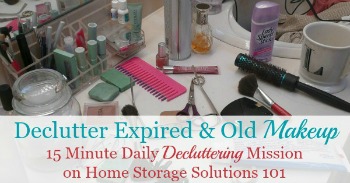
Proper Storage Is Key
Keep your makeup and cosmetics out of high temperatures and out of humid environments.
Instead keep them in cool, dry, dark areas. This will not only increase the lonegevity of your products, but such environments are also less conducive to bacterial growth.
General Makeup Expiration Guidelines
Unopened products are not a ground for bacterial growth, so typically the clock begins to run on most of these products not when you buy them, but once you open it and begin using it, even once!
Keep Track Of When You Open Your Makeup Products Easily
When did you open that tube of mascara? I bet you have no idea. I wouldn't know either. There are way too many things to remember for this to be something most people keep track of.
So the first step is to get in the habit of adding a piece of masking tape or other label to your makeup packaging when you open it, writing down the date you began using it.
If you do this then from now on there won't be any guess work when figuring out if something should be tossed for being too old.
Look For A Suggested Expiration Date On Product Packaging
I've shared general guidelines below, but I'll be honest. The guidelines suggested, even by experts in the industry, can vary widely although there is some general consensus.
Part of the reason for that is different makeup and cosmetic products contain different ingredients, and those recipe differences can make a difference in how long something will last.
While manufacturers are not required to put an expiration date on cosmetic packaging these days many do.
Look on the bottom or side of your package and often you'll see a little symbol that looks like an opened pot. Inside this symbol will be a number, such as 1, 2, 3, 6, 12, 18, or 24, and a letter. M stands for months, Y stands for years.
If inside the symbol it says 6M then you know, for example, that 6 months after the makeup is opened it will expire. Simple enough.
A reader, Erica, sent in the photo shown to the left, above, with an example of how this notification of expiration works.
Specific instructions for a product on the packaging trump the more general guidelines provided below.
Powders Last Longer Than Liquids
Because of moisture and the oil often contained in liquid products they just don't last as long, typically, as powder products do.
You can make your liquids and creams last longer by not touching them directly. For example, foundations in a pump bottle, where you don't put your finger right in it, will typically last longer than pots of eye cream where you stick your finger in it before applying under your eyes.
If your cosmetics don't come in a dispenser like a pump you can get a small amount out by using a small baby spoon or something like that, instead of touching with your fingers to lengthen the amount of time you can safely use a product, at least based on bacterial growth. However, you stick your finger in there even once, while you're in a hurry, and the shorter guidelines will apply.
Shelf Life Of Cosmetics & Makeup Once Opened
- Mascara: 2 - 3 months. Bacteria can build up on the wand and cause eye irritation. Pumping the wand in and out can dry the mascara out faster. Discard sooner if the mascara develops an off smell or becomes clumpy. If you develop any eye irritations, be sure to throw out all eye makeup and start over.
- Foundation: Powder - 18 months. Liquid - 6-12 months. Bacteria can grow in the foundation and cause acne breakouts or skin irritation. If it develops an off-smell, discard sooner.
- Concealer: Powder or stick form - 2 years. Liquid - 1 year. Once again, bacteria can grow causing skin irritation. Toss sooner if color has changed as that indicates it is past its prime.
- Face Powder: 2 years.
- Blush: Powder - 2 years. Cream - 1 year. To promote longevity of powder blush wash your makeup brush regularly to get rid of oil build up from moisturizer and foundation.
- Eye Shadow: Powder - 2 years. Cream - 3-6 months. If, however, you get an eye infection it is recommended to toss eye shadow sooner than other powders as it is in close contact with your eyes.
- Eyeliner: Liquid or gel - 2-3 months. Pencil - 1 to 2 years, as long as sharpened between uses. Like eye shadow, eyeliner can become contaminated more easily and spread the bacteria around, and since you're putting the product close to your eye that's just not good. Pencils last longer if they are sharpened regularly, which physically removes bacterial growth. If a white filmy tip develops on the pencil tip and can't be sharpened off, it is past its prime.
- Lipstick and Liner: 1 year, unless you've been sick, then immediately toss it. Lipstick is past its prime if it is hard and is difficult to spread or develops an off smell.
- Nail polish: Unless it doesn't mix when it is shaken, nail polish is good indefinitely. (Here's more informaton about proper nail polish storage, plus organization ideas.)
- Makeup Brushes: Replace when bristles are falling out. Otherwise clean with lukewarm water and a gentle shampoo/soap weekly to keep them free of bacteria.
Toiletries Have Expiration Dates Too
We may not consider it often, but the other products in our bathroom can also lose their effectiveness with time and exposure to bacteria from use.
Many of the same rules apply with toiletries as mentioned above with makeup.
Moisturizers should be tossed after a year. Shampoo and conditioner should be discarded after two years.
Toothpaste comes with an expiration date of usually two years. Deodorant can be good for up to 3 years, unless it becomes crumbly, in which case it should be discarded.
And, perhaps surprisingly, loofahs and bath sponges should be replaced every 3 - 6 weeks. They are kept in a warm, humid environment and have a lot of surface area for bacteria to live. Best to be safe and buy these items more often.
Free Printable Expiration Date Cheat Sheet
It can be difficult to remember all these various expiration dates and guidelines, so I've created a free printable cheat sheet for you that you can print out and place in your bathroom or in your makeup case and reference when you need it.
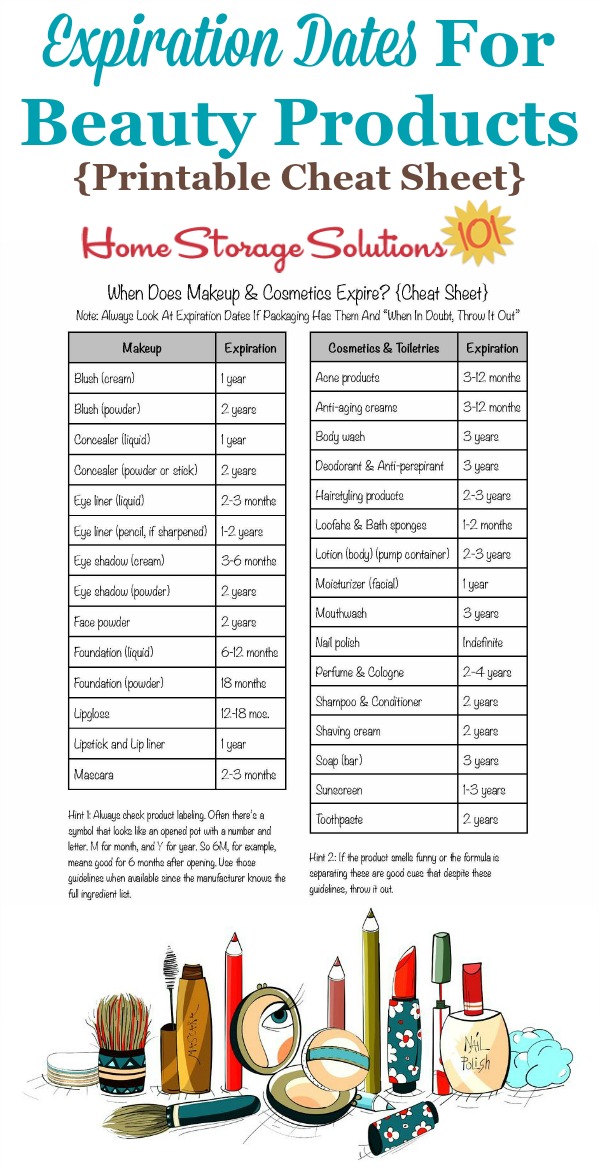
Click here to get printable
(opens into a new window, as PDF)
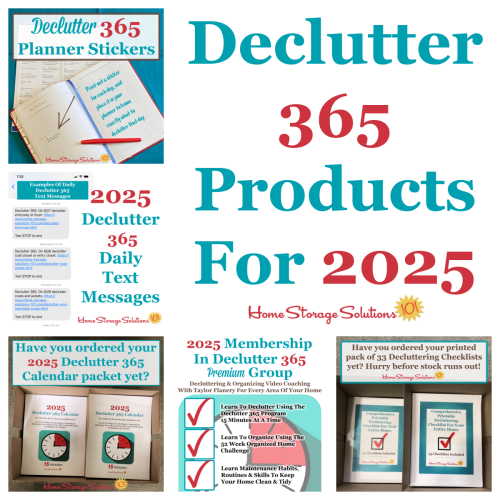
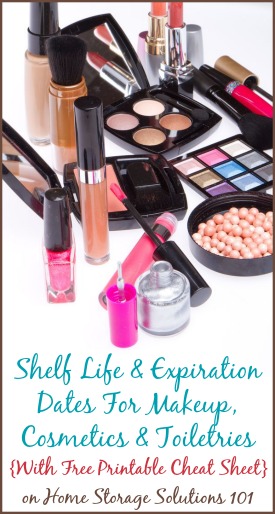

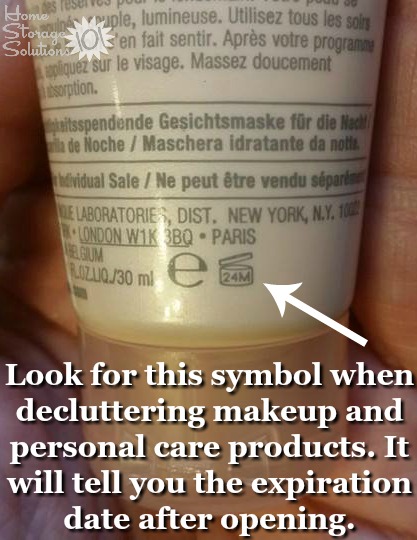
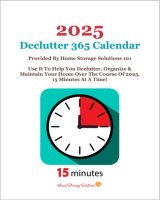










Share Your Comments, Tips & Ideas
I would love to hear from you, sharing your thoughts, questions, or ideas about this topic, so leave me a comment below. I try to always respond back!